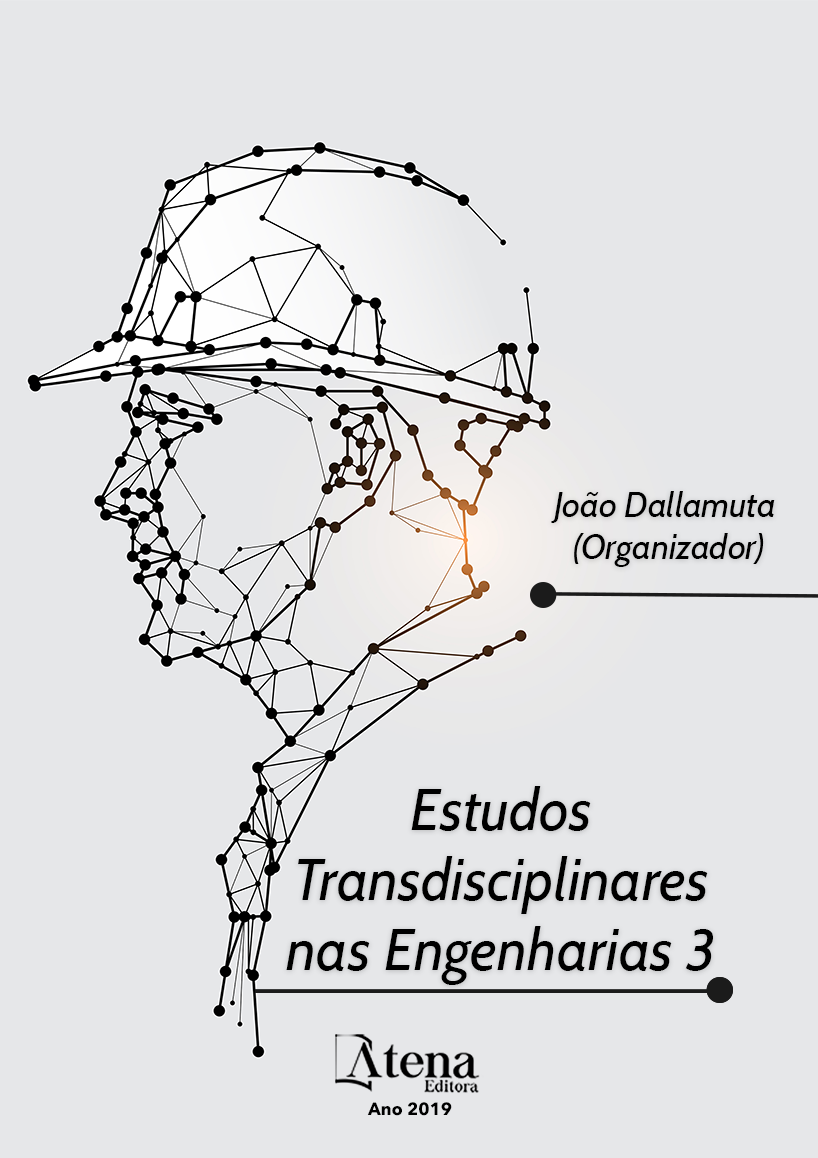
CALIBRAÇÃO DO FATOR DE ATRITO EM REDES DE ABASTECIMENTO DE ÁGUA
Este capítulo tem como objetivo a apresentação de uma aplicação da nova equação para calibração do fator de atrito de Darcy-Weisbach através do uso do Método Iterativo do Gradiente Hidráulico Alternativo (MIGHA), em redes de distribuição de água. A equação é baseada na proporcionalidade entre o elemento calibrado, o fator de atrito, e o gradiente hidráulico. Após calibrado o fator de atrito de todos os trechos da rede, a rugosidade absoluta é calculada. O método foi aplicado através de um software desenvolvido com o auxílio da biblioteca Epanet2.dll como simulador hidráulico da rede. A rede considerada é uma rede fictícia que já apresenta resultados de calibração através da aplicação de outro método. Por fim, os resultados encontrados através da calibração com o MIGHA foram comparados com os resultados encontrados em um trabalho científico que utilizou o renomado método dos algoritmos genéticos. Através da comparação pôde-se perceber que o MIGHA não apresentou os melhores resultados, no entanto, os resultados podem ser considerados tão bons quanto os encontrados com uso dos algoritmos genéticos e com segundos como tempo de processamento.
CALIBRAÇÃO DO FATOR DE ATRITO EM REDES DE ABASTECIMENTO DE ÁGUA
-
DOI: 10.22533/at.ed.8291907105
-
Palavras-chave: Fator de atrito; Calibração; MIGHA.
-
Keywords: Friction factor; Calibration; MIGHA.
-
Abstract:
This chapter aims to present an application of a new equation for calibration of the Darcy-Weisbach friction factor through the use of the Alternative Hydraulic Gradient Iterative Method in water distribution networks. The equation is based on the proportionality between the calibrated element, the friction factor, and the hydraulic gradient. After calibrating the friction factor of all sections of the net, absolute roughness is calculated. The method was applied through a software developed with the aid of the Epanet2.dll library as a hydraulic simulator of the network. The network considered is a fictitious network that already presents calibration results through the application of another method. Finally, the results obtained through the calibration with the proposed method were compared with the results found in a scientific paper that used the renowned method of genetic algorithms. Through the comparison it was possible to see that the proposed method did not present the best results, however, the results can be considered as good as those found using genetic algorithms and with seconds as processing time.
-
Número de páginas: 15
- Renata Shirley de Andrade Araújo
- Marco Aurélio Holanda de Castro
- Alessandro de Araújo Bezerra


